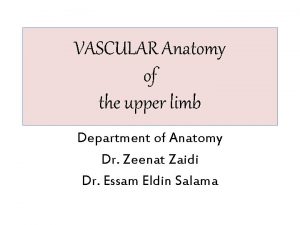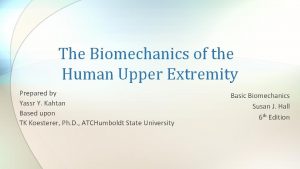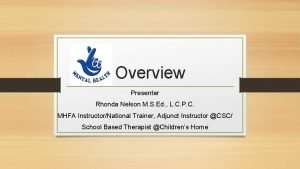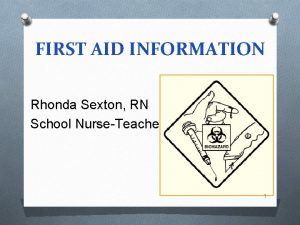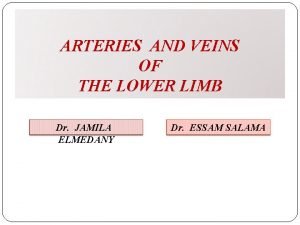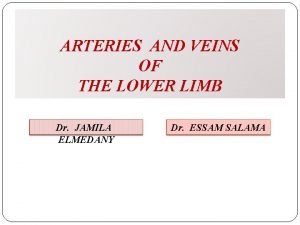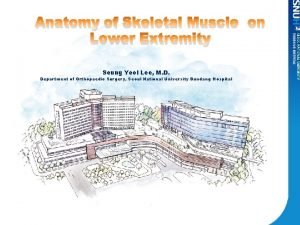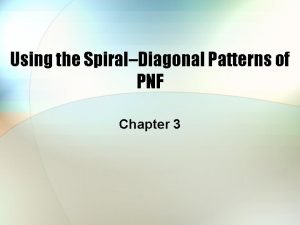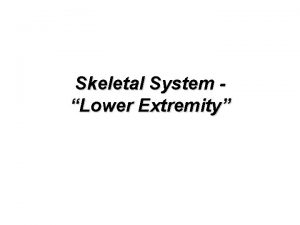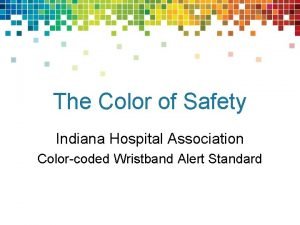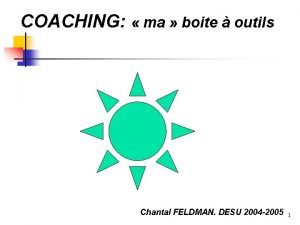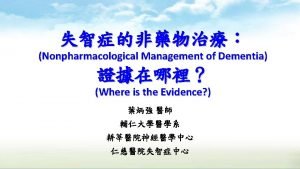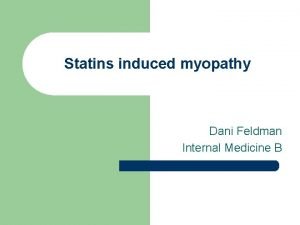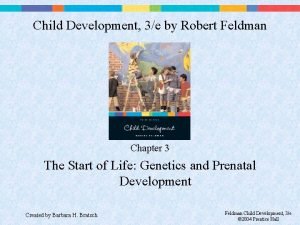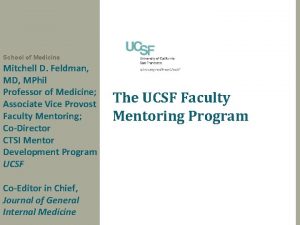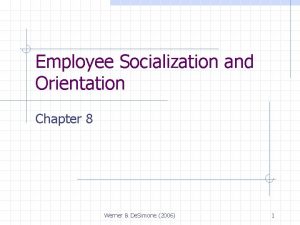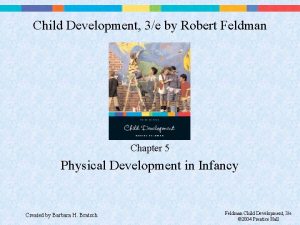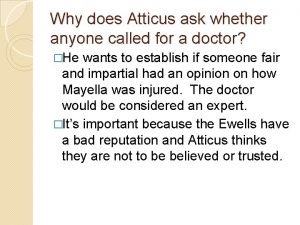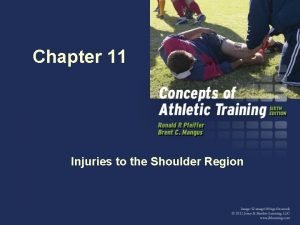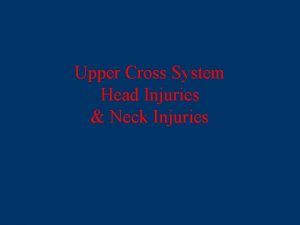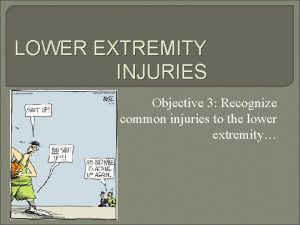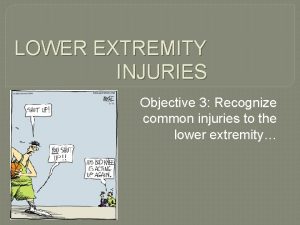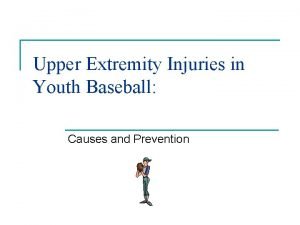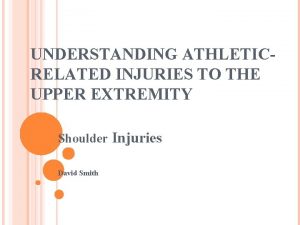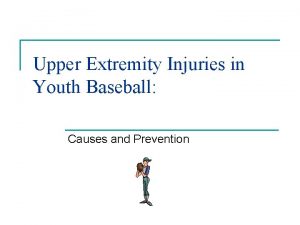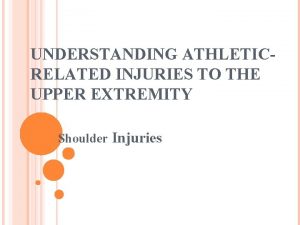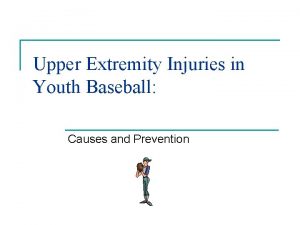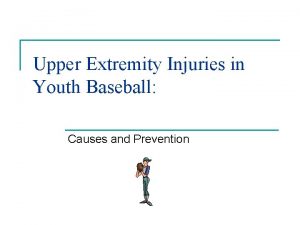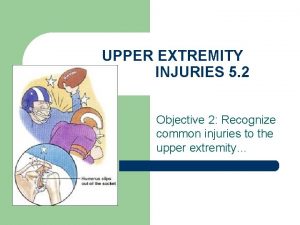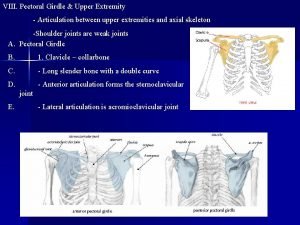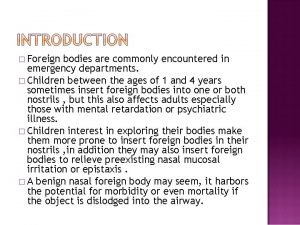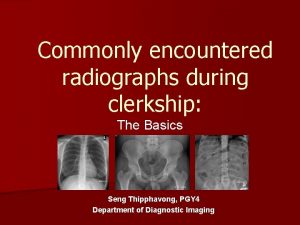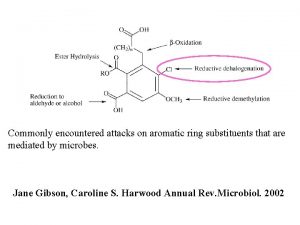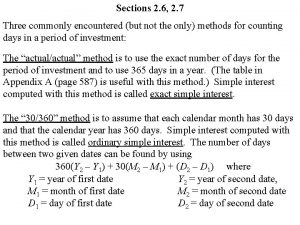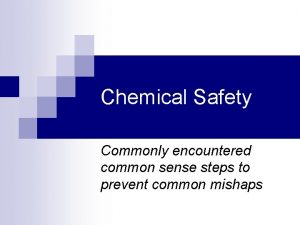The Upper Extremity Commonly Encountered Injuries Rhonda Feldman






















































- Slides: 54

The Upper Extremity Commonly Encountered Injuries Rhonda Feldman, MSS, MHS, PA-C

Common Etiologies SHOULDER PAIN

Shoulder Pain • 16 - 34% of general population suffers from shoulder pain • Rotator Cuff pathology comprises significant portion • 11. 2 cases per 1000 patients per year (source – Up. To. Date)

Shoulder Landmarks

AP Shoulder

Rotator Cuff • Comprised of 4 tendons – supraspinatus, infraspinatus, subscapularus, teres minor • Inflammation of surrounding bursa will mimic the pain of a sprain (tear) • Mechanism of Injury – reaching up or out, especially in a weight bearing situation or falling with a strike to elbow or outstretched arm

Rotator Cuff Pathology Impingment Tear/Sprain

Clinical Signs/Symptoms • • Achy Shoulder and Arm Loss of Strength (marked with tear) Pain with reaching out or across Decreased range of motion with persistent pain will lead to “Frozen Shoulder”

Diagnosis of RC Tear • First Step – Clinical Exam – Strength Testing • 2 nd Step – X-ray – will not show tear, but will rule out bony problem (avascular necrosis, fx, dislocation) • 3 rd Step – MRI – no need to MRI if strength is 5/5 – try conservative approach first – PT, steroid injection

Clinical Keys to Diagnosis • Make sure you are testing true strength and not allowing patient’s poor effort to influence measurement • If strength is maintained, RC tear is tiny (nonsurgical) or there is no tear

Red Flags • Severely diminished Range of Motion (ROM) – think about “Frozen Shoulder” • RC sprains (tears) hurt, but Frozen Shoulder is agonizing! • Numbness, tingling, loss of sensation – it’s not the RC – think cervical nerve issue • Loss of tone, atrophy of muscle – think neurological issue


Diagnostic Pearl Hawkins Test – eliciting pain with this test indicates that the rotator cuff is the etiology of Shoulder Pain. Further muscular testing will indicate which tendon is involved or whether pain is from inflammation, not tear

What’s This?

Anterior Dislocation

Shoulder Dislocation • The Shoulder is the most common joint in the body to dislocate • Most common dislocation is an anterior dislocation of the humeral head • Dislocations may range from subluxation to full • Repeated dislocations result in chronic instability



Brachial Plexus • Definition – a network of nerves that communicates signals from the spine to innervate the upper extremity • Common injuries – birth, trauma, tumors or inflammation

Common Mechanism of Injury for Brachial Plexus



Diagnosis • Suspicion from patient history – vehicle accident, stab, gunshot, inflammatory process, compression • Review of Systems reveals pain, loss of sensation and strength, paralysis • Clinical Exam reveals biceps weakness, loss of reach, obvious loss of function in infant • Nerve testing, CT or MRI

Red Flags • Difficult to determine which injury will spontaneously heal • Paralysis means immediate neurosurgical evaluation • If it looks like a BPI, but history supports no trauma – it may be inflammatory – this means you must determine what is the cause of the inflammation – is something happening systemically?

AC Separation

Acromioclavicular Separation

AC Separation Diagnosis • History – acute injury, common in athletes, common in falls • Clinical Exam – obvious deformity at distal clavicle, pain on palpation (may be minor) • Neurological, Sensory, and Vascular exam is intact • X-ray to confirm



Medial & Lateral Epicondylitis ELBOW PAIN

Lateral Epicondylitis

Medial Epicondylitis

Diagnosis Of Epicondylitis • History – review onset of pain – and ask about recent activity – this is typically an over-use issue • Will describe increased pain with grasping • Exam – very tender over epicondyle

Arm & Elbow • Over-use very common etiology • Trauma – dislocations & radial head fractures most common

It’s All About the Angles

AP Elbow

Lateral Elbow

Lateral Epicondylitis

Medial Epicondylitis

Clinical Pearl Pressing down on index and long finger with arm in extension causes pain in the area of the lateral epicondyle

Olecranon Bursitis Swelling and fluid accumulation of the bursa lying over the olecranon. May become very large, may be painful or not. Very commonly seen in primary care.

Radial Head Fracture Very Common Fracture Commonly Missed! Pain with palpation over radial head Pain with supination and pronation

Carpal Tunnel Syndrome, CMC OA WRIST AND HAND COMPLAINTS

Structure – X-ray

Hand Wrist Complaints • Carpal Tunnel Syndrome the most common entrapment neuropathy – affects 3 -6% of general population (ref – American Family Physician) • CMC Thumb Osteoarthritis – very common, women>men, typically wear and tear • Contractions – common, often without injury or clear etiology

Carpal Tunnel Syndrome

Clinical Pearls – Testing for CTS Tinels Sign Phalens Test

CMC Osteoarthritis Loss of Joint Space Destruction of Bony Articulating Surfaces May include cyst formation Pain and decreased range of motion are clinical hallmarks

Trigger Finger

Dupuytren’s Contracture

Boxer’s Fracture Most Common Fracture of the Metacarpals Mechanism of injury – striking blow with fist Clinical hallmarks – loss of knuckle height, pain over metacarpal, deformity

Scaphoid Fracture Frequently missed fracture Must palpate “anatomic snuffbox” Very poor vascular supply =very poor clinical outcome if missed


Questions?
 Axillary artery branches
Axillary artery branches Biomechanics of upper extremity
Biomechanics of upper extremity Maggie knott pnf
Maggie knott pnf Atlas rohen
Atlas rohen Closed kinetic chain definition
Closed kinetic chain definition Orrin franko md
Orrin franko md Different types of powders in pharmacy
Different types of powders in pharmacy Rhonda dalton
Rhonda dalton The magic book review
The magic book review Evolut sizing chart
Evolut sizing chart Gallego serial killer
Gallego serial killer Dr rhonda nelson
Dr rhonda nelson Rhonda keen
Rhonda keen Which case has the greatest momentum change
Which case has the greatest momentum change Rhonda sexton
Rhonda sexton Minute taking made easy
Minute taking made easy Left lower extremity
Left lower extremity Dorsalis pedis.
Dorsalis pedis. Principles of lifting and moving patients
Principles of lifting and moving patients Procedure of mummy restraint
Procedure of mummy restraint Femoral pulse
Femoral pulse Mass reflex
Mass reflex Lower extremity muscles
Lower extremity muscles Soleal line
Soleal line D2 pnf
D2 pnf Skeletal system
Skeletal system Veins of the lower extremities
Veins of the lower extremities Red hospital bands
Red hospital bands Dr robert feldman
Dr robert feldman Chantal feldman
Chantal feldman Feldman & gracon 1996
Feldman & gracon 1996 Amiadarone
Amiadarone Paul feldman’s bagel test
Paul feldman’s bagel test Dr robert feldman
Dr robert feldman How does art criticism differ from art appreciation?
How does art criticism differ from art appreciation? Yehuda feldman
Yehuda feldman Dr robert feldman
Dr robert feldman Dr anna feldman
Dr anna feldman Cheryl feldman
Cheryl feldman Dr michael feldman
Dr michael feldman Dena feldman
Dena feldman Child development robert feldman
Child development robert feldman Vitaly feldman
Vitaly feldman Feldman's model of organizational socialization
Feldman's model of organizational socialization Feldman's model of organizational socialization
Feldman's model of organizational socialization Dr robert feldman
Dr robert feldman Grading for equity
Grading for equity Dr robert feldman
Dr robert feldman Chapter 28 head and spine injuries
Chapter 28 head and spine injuries Tim madsen charlotte fox
Tim madsen charlotte fox Describe mayella’s injuries.
Describe mayella’s injuries. Injury prevention, safety and first aid
Injury prevention, safety and first aid Chapter 12 lesson 1 benefits of physical activity
Chapter 12 lesson 1 benefits of physical activity Chapter 11 injuries to the shoulder region
Chapter 11 injuries to the shoulder region Chapter 14 promotion of safety
Chapter 14 promotion of safety
